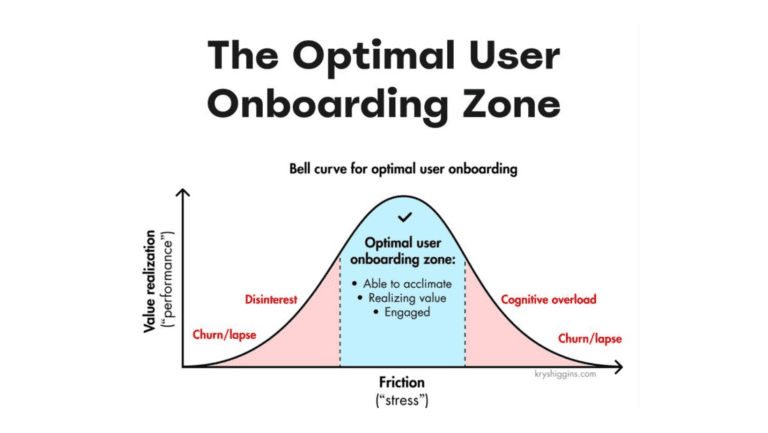We see it every day – companies are waiting for issues to happen before their deploy APM and they aren’t just getting the full benefits of Application Performance Management (APM) technology. By now, most companies have implemented many types of APM software – maybe not an integrated, enterprise solution like Germain Software, but at least one or several of the popular layer-specific solutions on the market, sometimes complemented with homegrown tools. We’ve previously written about the value proposition of an enterprise solution versus the application solutions, and any IT manager knows the value of off-the-shelf software versus in-house development. I won’t address those issues herein. Instead, let’s talk about how companies use these solutions, and more specifically, when.
From our view of the marketplace, companies either wait too long to implement APM or they are not proactive in using APM to detect and resolve business application issues. It’s not usually a resource issue – their IT organizations devote sufficient time and people to install and support the solutions. However, constant turnover among their staffs combined with the patchwork of APM tools (rather than a single enterprise solution) they support do reduce the effectiveness of those resources.
Instead, the problem arises from a perception that APM software should be implemented only after the business systems have been launched or an upgrade completed. In fact, APM can add significant value before and during application implementations. If your company has considered implementing enterprise-grade application performance management software or upgrading or consolidating its current solution, we think it should be done sooner rather than later. Here’s why:
The benefits of an integrated, end-to-end solution
For companies juggling multiple application-specific APM solutions, the benefits of a single solution are simply too great to pass up. If one piece of your crazy quilt APM solution needs to be replaced or upgraded, you can easily justify a complete migration to an enterprise solution.
Measuring business impact of a major business application upgrade
Don’t wait until after the app is working to begin performance monitoring. The first step you should take is to capture performance metrics from the current application version – how else will you truly know whether the upgrade has been successful in improving productivity? After the upgrade is completed, you can monitor usage, performance, and user experience and compare it with the pre-upgrade data. Using the same APM software to capture before and after performance data ensures accuracy and takes emotions and biased perceptions out of the equation.
Eliminating implementation delays
We’ve seen application upgrades fail or experience major delays due to issues that would have been easily resolved with our software. A robust APM solution is no less effective in helping you resolve those problems than it will be in resolving issues once the app is live. Plus, your IT staff will be already trained and accustomed to the APM tool before those post-implementation troubleshooting calls start hitting your HelpDesk.
Finally, for those organizations that just assume APM to be a post-roll-out project, consider how often those roll-outs are delayed because of issues with the application architecture, configuration, integrations, or customization. Those issues would have been easy to resolve with an APM tool in place during the pre-production testing stage.
So when is the best time to upgrade your APM software platform? Now!




